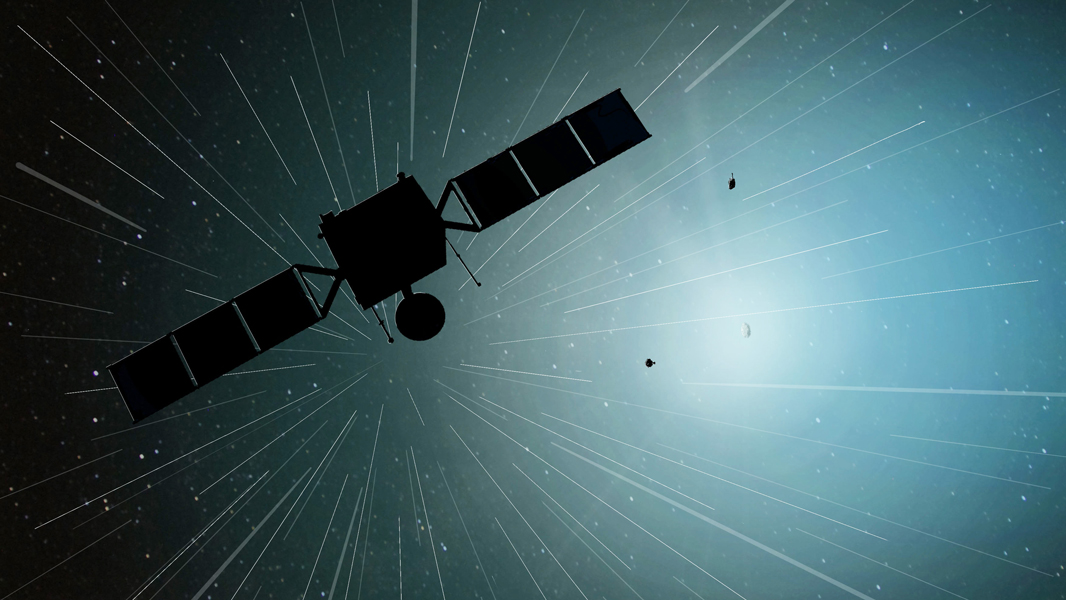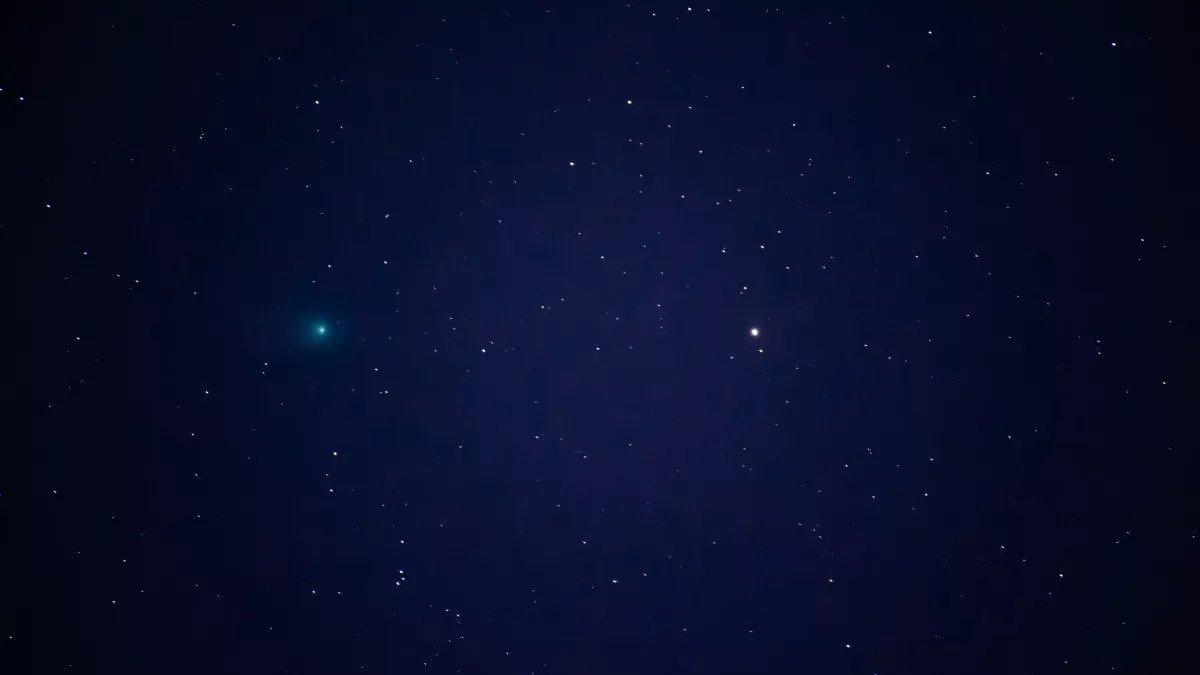In the future, the European Space Agency plans to launch the Comet Interceptor probe into space. If it was already in space at the Lagrange point, it could explore the comet ZTF, which approached the Sun.

Comet Interceptor mission
Currently, the entire astronomical community is following the movement of comet C/2022 E3 (ZTF) in the sky. However, it does this mainly with the help of ground-based telescopes. And scientists really want to see the comet up close.
To this end, the European Space Agency is preparing to launch the Comet Interceptor mission. Its launch is scheduled to take place in 2029 along with the launch of the Atmospheric Remote-sensing Infrared Exoplanet Large-survey (Ariel) mission. The last one is a space telescope designed to study the atmospheres of exoplanets.
What makes the mission unique?
A feature of the Comet Interceptor mission will be that it will fly into space even before a target is selected for it. Scientists are interested in comets coming to us for the first time from the Oort Cloud on the outskirts of the Solar System. It is believed that they have not yet managed to lose the matter, which was a common phenomenon around the young Sun, but then disappeared.
In addition, the researchers hope that they will be lucky and a guest from another star system similar to Borisov’s comet will fly to us. Then they will be able to find out even about what is happening in other stars.
But such comets quickly fly up to the Sun, and also move away from it forever. There is simply no time to plan a launch from Earth. That is why the Comet Interceptor will fly into space in advance, move away from the Earth at a distance of 1.5 million km and stop at the Lagrange point L2, where the gravitational influences of the Earth, the Sun and the Moon are balanced. There it will wait for a favorable target.
Was ZTF research possible?
Experts noted that if the Comet Interceptor was already at the Lagrange point, it would have had a chance to explore comet ZTF. For this, it had to turn on the engine, go into orbit around the Sun, which would lead it to this celestial body, and when approaching, slow down and release two sub-probes. Together with the latter, it would have done all the work.

However, comet ZTF was not an ideal candidate for the mission. Its perihelion was too far from the Earth. To fly past it on February 12, about a month after the nearest point of the orbit, it had to launch back in August. And for this, the discovery of the “heavenly guest” had to take place even earlier.
However, in the future, scientists plan to solve this problem using the Vera Rubin Observatory telescope in Chile. It is expected that during the 10-year research program of the Solar System, it will discover millions of new objects, including comets, just beginning their journey from the vicinity of the Solar System.
According to www.space.com
Follow us on Twitter to get the most interesting space news in time
https://twitter.com/ust_magazine

